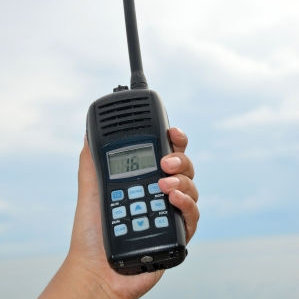29.C Handling of Explosive Materials.
29.C.01 There must be no smoking, open lights, or fire of any kind within 50 ft (15.2 m) of any area where explosives are being handled. No source of ignition, except necessary means to light fuses or fire electric detonators, must be permitted in an area containing loaded holes.
29.C.02 Containers of explosive materials must be opened only with non-sparking tools or instruments. Metal cutters may be used for opening fiberboard boxes, paper bags or plastic tubes.
29.C.03 Explosive materials must be removed from containers only as they are needed for immediate use.
29.C.04 Explosive materials and detonators or primers must be separated and taken to the blasting area in original containers, Type 3 Magazines, or containers prescribed by 49 CFR 177.835.
29.C.05 Primers must not be made up in excess of immediate need for holes to be loaded.
29.C.06 Primers must not be made up in or near magazines or excessive quantities of explosive materials.
29.C.07 After loading of a blast is completed, all excess explosive materials and detonators must be removed to a safe location or returned at once to the storage magazines, observing the same rules as when being conveyed to the blasting area.
29.C.08 The quantity of explosive materials taken to an underground loading area must not exceed the amount estimated to be necessary for the blast.
29.C.09 Detonators and explosive materials must be taken separately into pressure working chambers.
29.D Electromagnetic Radiation.
29.D.01 Blasting operations or storage of electrical detonators must be prohibited in vicinity of operating RF transmitters or other RF producing devices except where the clearances in ANSI C95.4 can be maintained.
29.D.02 When necessary to perform blasting operations at a distance less than those shown in ANSI C95.4 tables, an approved non-electric initiation system must be used.
29.D.03 Mobile radio transmitters, which are less than 100 ft (30.4 m) away from electric blasting caps in other than original containers, must be de-energized and effectively locked, except in blasting areas where a non-electric initiation system as described in Section 29.A.11 is used.
Knowledge Check Choose the best answer for the question.
29-6. There must be no smoking, open lights, or fire of any kind _____ of any area where explosives are being handled.
You forgot to answer the question!


